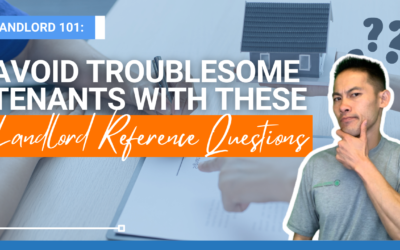There are two most common options when it comes to leases, and each has its pros and cons. Today, we are covering how to decide between a joint or individual lease.
What is a Lease?

In real estate and property management, a lease specifies the conditions under which one party (the tenant) agrees to rent a property that is owned by another party (the landlord).
It ensures that the tenant will reside in the property and make monthly payments to the landlord.
Deciding Between a Joint or an Individual Lease

Choosing the type of lease for your tenants can be tricky. Bu it is one of the first things you need to do as a landlord or property manager.
It makes a big difference in determining how much work you will need to do for your tenants.
Usually, we have our tenants sign a single joint lease. It makes everyone liable for rent, utilities, or other obligations.
With a joint lease, you won’t have to worry about different lease break end dates or having different rules and regulations. A joint lease will maintain uniformity among all of your tenants.
We just ensure that residents pay the complete rent and utilities. A joint lease means that if someone in the group doesn’t pay, everyone else will be accountable for them.
So as a group, everyone on a joint lease collectively wants their obligations as tenants to be settled and paid for.
The Landlord Tutor Promise
To know more about leases and if you should put your tenants on a joint or individual lease, join the Landlord Tutor community and sign up here.



